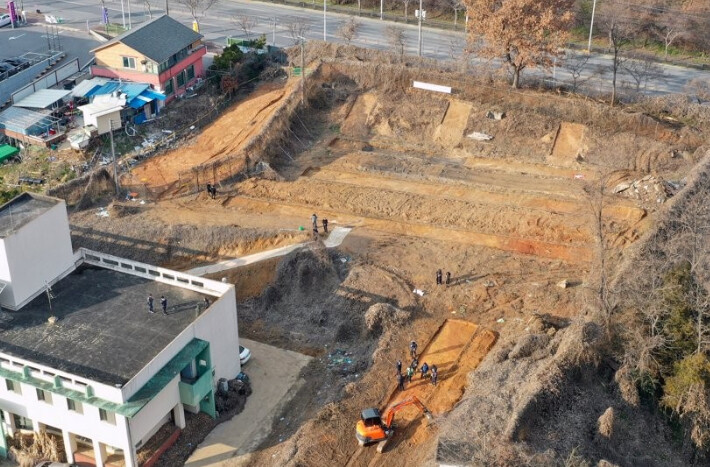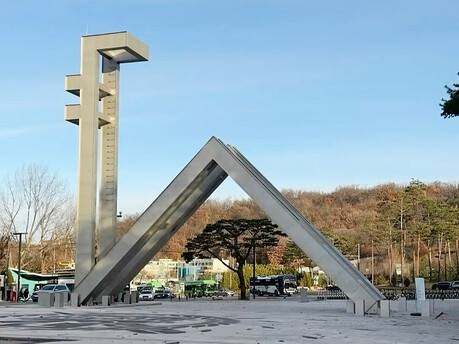
Jeju, South Korea – The remains of a victim of the Jeju 4.3 incident have been identified among those unearthed at the site of the former Gwangju Prison, marking a significant step in the ongoing efforts to account for the missing.
The remains were confirmed to belong to Yang Cheon-jong, a resident of Jeju City, who was forcibly taken to Gwangju Prison in 1949 during the uprising. His family lost contact with him after receiving a letter stating he was well in November of that year.
The identification was made possible through a DNA analysis conducted by the Jeju Provincial Government and the Jeju 4.3 Peace Foundation. The remains were compared to DNA samples provided by Yang's family members.
Yang was one of the many Jeju islanders who were arrested and imprisoned on the mainland during the 4.3 incident, a period of violent suppression of an uprising on Jeju Island against the South Korean government. Many of these prisoners were never heard from again.
The discovery of Yang's remains is a poignant reminder of the thousands of people who were killed or went missing during the Jeju 4.3 incident. It also highlights the ongoing efforts to locate and identify the remains of those who lost their lives.
"This discovery is a painful reminder of the tragedy that occurred during the Jeju 4.3 incident," said [Name], a spokesperson for the Jeju 4.3 Peace Foundation. "We will continue our efforts to find and identify the remains of all those who were lost."
The remains of Yang Cheon-jong will be returned to his family on December 16th for a traditional funeral ceremony. His ashes will then be brought back to Jeju Island for a memorial service.
The identification of Yang's remains is part of a larger project to locate and identify the remains of Jeju 4.3 victims who were imprisoned in facilities outside of Jeju Island. In 2023, the remains of another victim were identified at a mass grave site in Daejeon.
[Copyright (c) Global Economic Times. All Rights Reserved.]






























